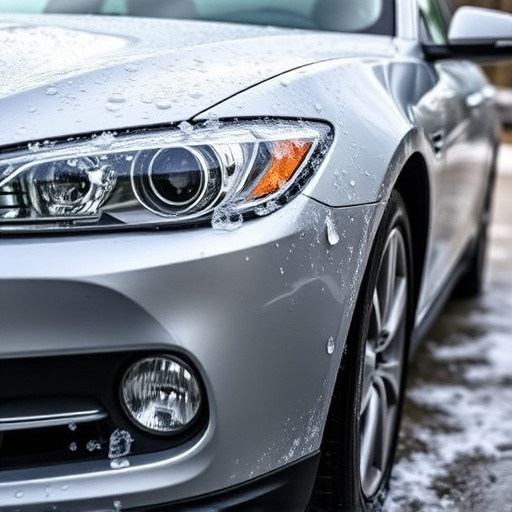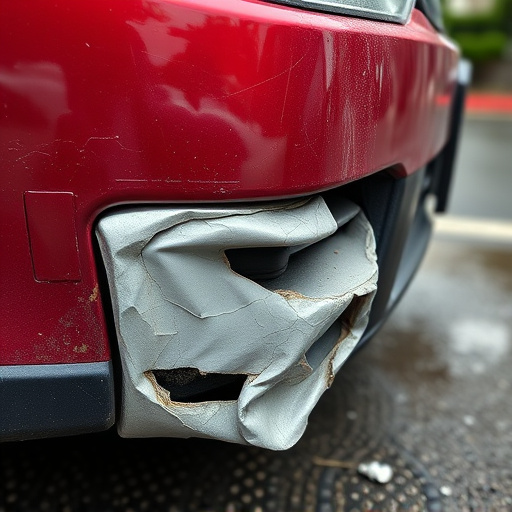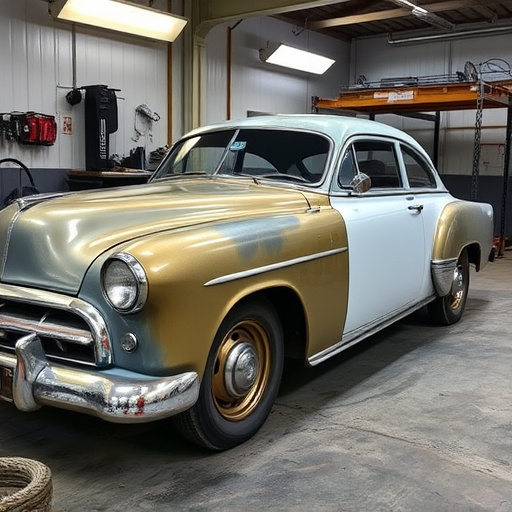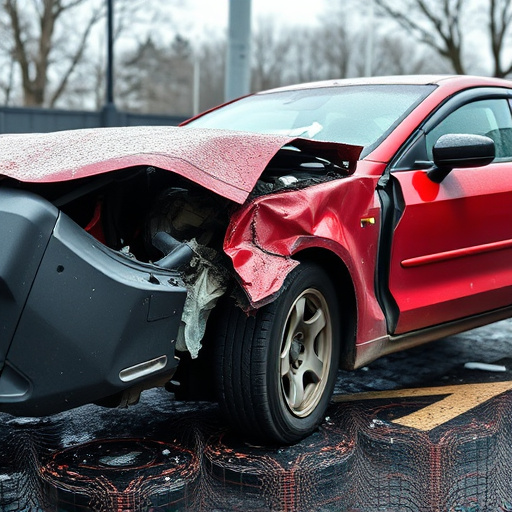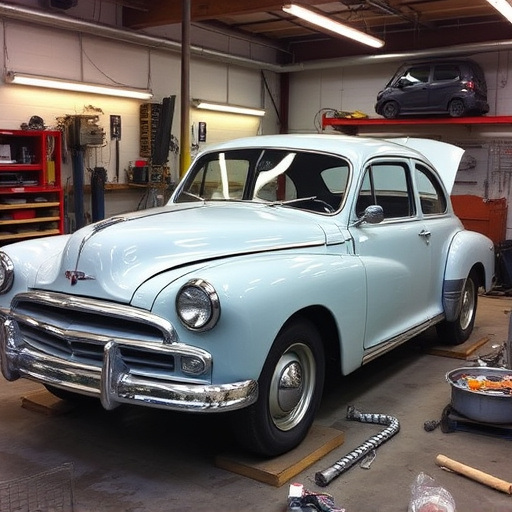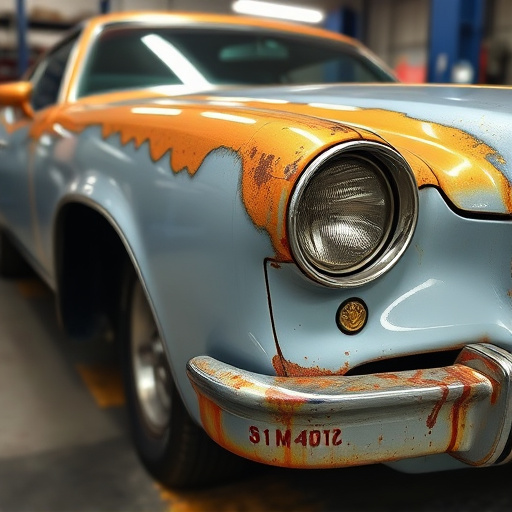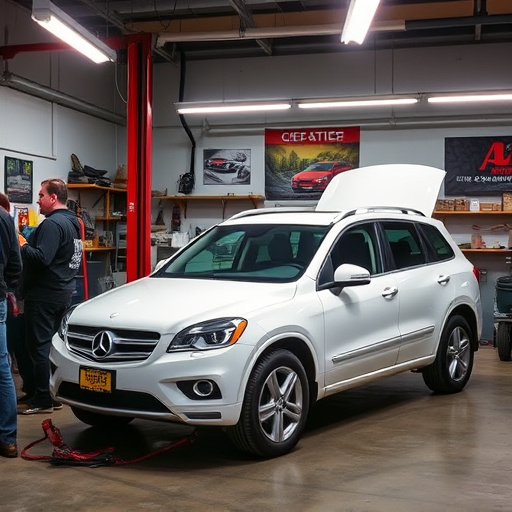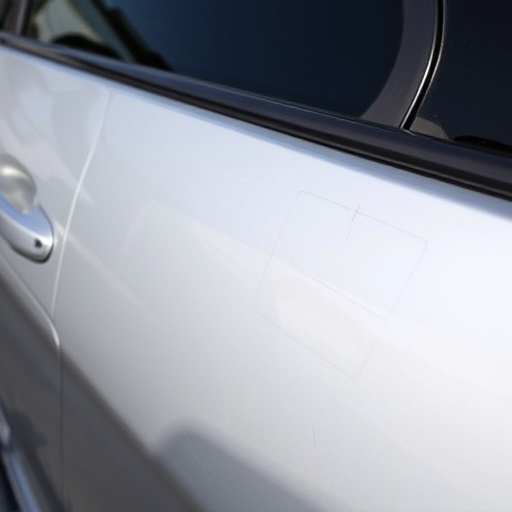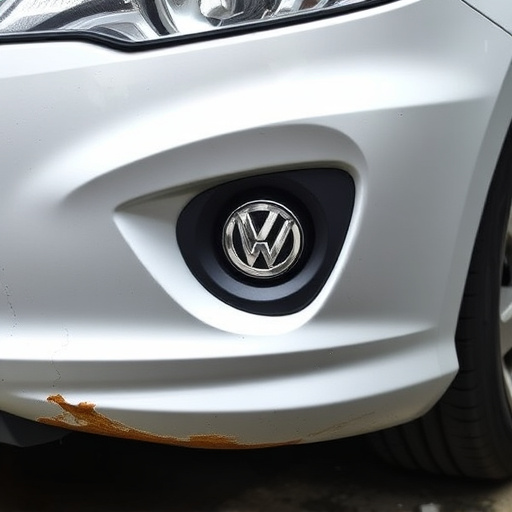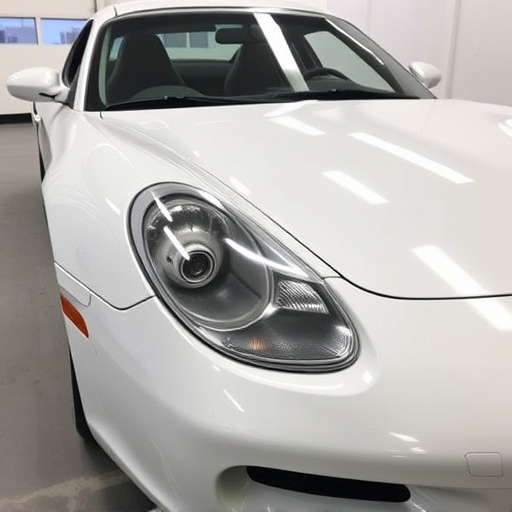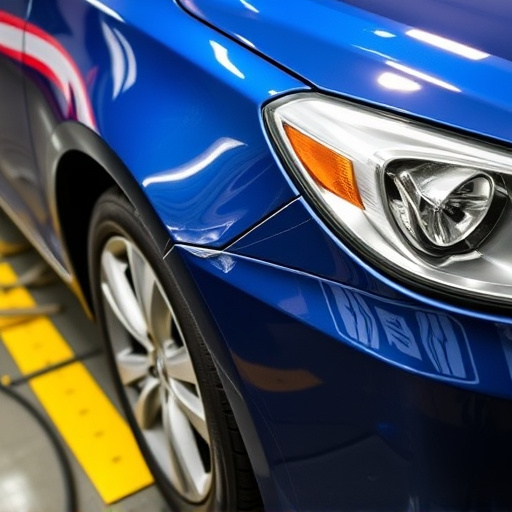Proper body panel insulation installation requires specialized tools and attention to detail to avoid fits, gaps, and damage. DIYers should focus on ventilation and moisture control to prevent humidity-related issues. High-quality materials and best practices are crucial for effective insulation, preventing future problems like mold growth and reduced fuel efficiency.
“Body panel insulation is a great way to enhance your vehicle’s performance and efficiency, but it comes with potential pitfalls. Avoid common mistakes like improper measuring and cutting techniques that can lead to poor fitment. Neglecting ventilation and moisture control may cause insulation to become breeding grounds for mold and mildew. Additionally, using low-quality materials or making installation errors can compromise the entire system. This guide will walk you through these issues, ensuring a seamless process.”
- Improper Measuring and Cutting Techniques
- Neglecting Ventilation and Moisture Control
- Using Poor Quality Materials or Installation Errors
Improper Measuring and Cutting Techniques
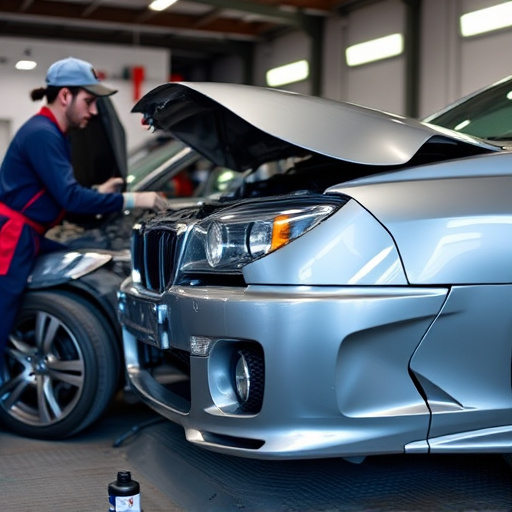
When installing body panel insulation, one of the most common mistakes to avoid is improper measuring and cutting techniques. Taking accurate measurements is crucial for ensuring a seamless fit of the insulation within your vehicle’s body panels. Using the wrong tools or failing to account for curvature and contours can lead to gaps that compromise the effectiveness of the insulation. Moreover, cutting the insulation without the right approach can result in damaged panel surfaces, requiring additional auto painting or vehicle dent repair work downstream.
In an automotive body shop, mastering proper measuring and cutting techniques for body panel insulation is essential. This involves using specialized tools designed for precise cuts, such as high-quality scissors or heat guns with controlled temperature settings. Professionals know to cut along the panel’s contour while keeping a close eye on the measurements to avoid oversights that could impact the final fit. By adhering to these best practices, you can prevent costly mistakes and ensure your body panel insulation provides optimal protection against noise, vibration, and thermal fluctuations.
Neglecting Ventilation and Moisture Control
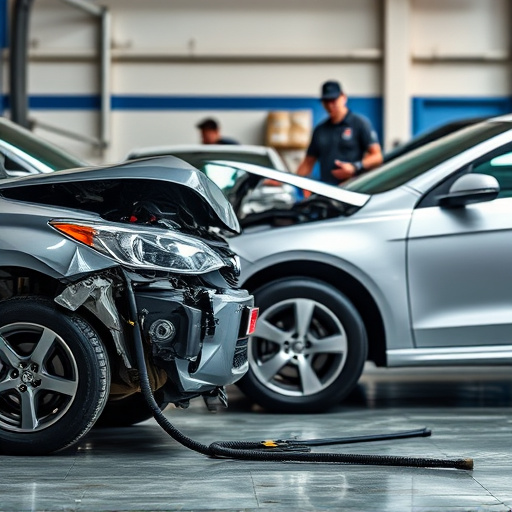
Many DIY enthusiasts attempt to install body panel insulation themselves, but one common mistake is overlooking the importance of proper ventilation and moisture control within the vehicle’s interior. Body panel insulation is an excellent way to enhance energy efficiency and reduce noise levels, but it also has a crucial role in maintaining optimal air quality and preventing damage to the vehicle’s structure. Inadequate ventilation can lead to a buildup of humidity, which may cause mold growth, corrosion, and even warping of metal panels over time.
Proper moisture control is essential when installing body panel insulation, especially in regions with high humidity levels or frequent rainfall. This involves ensuring that any sources of water intrusion are sealed off, and there’s adequate airflow to prevent excessive moisture accumulation. Auto collision centers and automotive collision repair experts emphasize the significance of these factors in their services, as they directly impact both vehicle performance and longevity.
Using Poor Quality Materials or Installation Errors
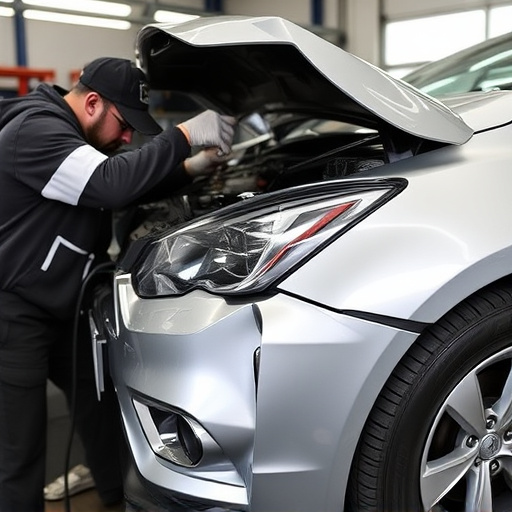
Using poor quality materials or making installation errors are common mistakes that can significantly impact the effectiveness of your body panel insulation. Cheap insulation may seem appealing due to its lower cost, but it often lacks the necessary R-value and durability required to insulate your vehicle effectively. As a result, your car’s interior can still get uncomfortably hot during summer or cold during winter, defeating the purpose of installation.
Moreover, installation errors can lead to air pockets, poor coverage, or improper sealing, which compromise the insulation’s performance. These errors may occur due to lack of skill, haste, or using inappropriate tools. To avoid such issues, it is crucial to use high-quality materials and follow best practices during installation. This ensures not just optimal insulation but also prevents future problems like mold growth, reduced fuel efficiency, and increased noise levels, common in cases of subpar vehicle dent repair or collision repair.
When installing body panel insulation, avoid common pitfalls like improper measuring, neglecting ventilation, and using low-quality materials. These mistakes can compromise the effectiveness of your insulation and lead to long-term issues. Always employ precise cutting techniques, ensure adequate ventilation and moisture control, and select high-quality materials for optimal results with your body panel insulation project.
